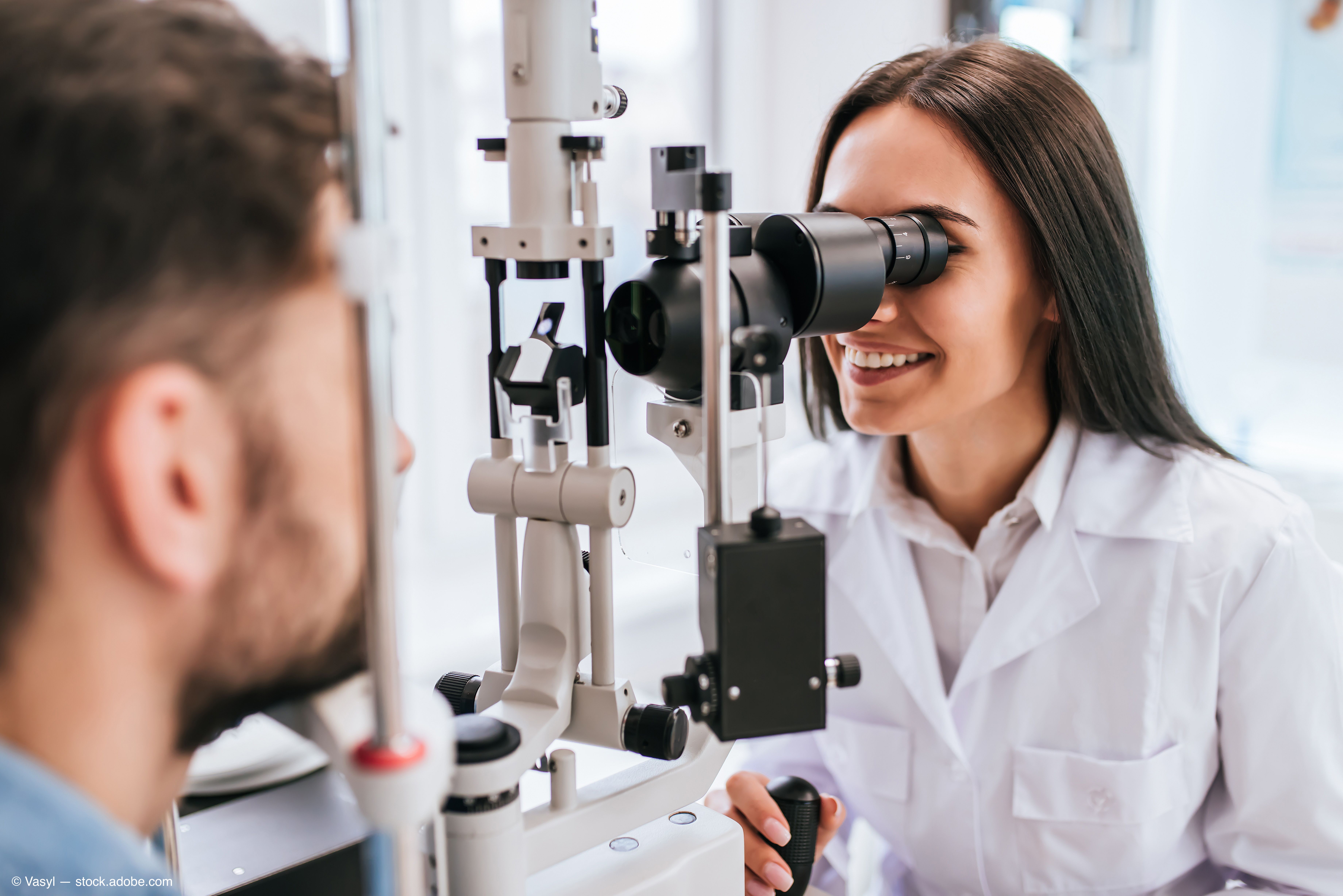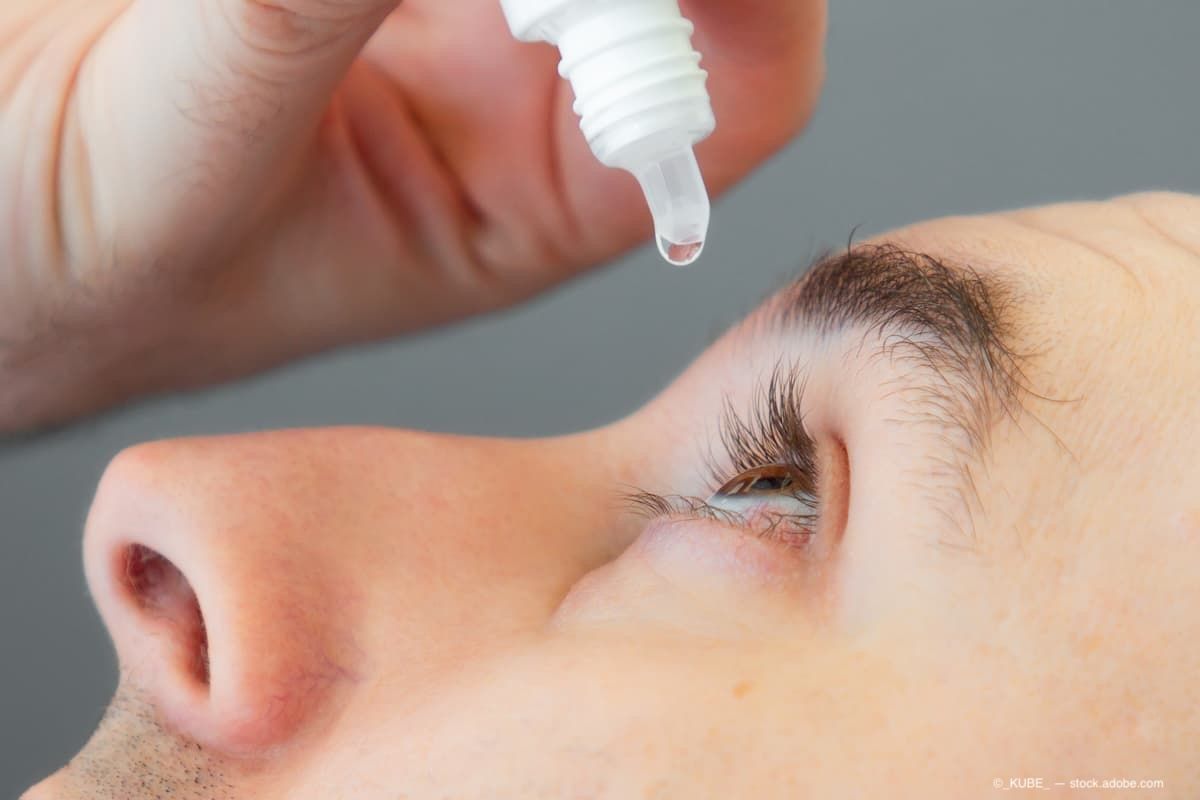Article
Where to start with treating OSD patients
Author(s):
Cynthia Matossian, MD, FACS, advises on how ophthalmologists can start performing a better diagnosis of ocular surface disease in three simple steps.

Dr. Matossian

Special to Ophthalmology Times®
In my last blog post, I talked about the importance of evaluating and treating problems with the tear film and ocular surface.
At in-person conferences (back when we did such things) colleagues would approach me all the time to say that, while they agree that ocular surface disease (OSD) is important, they just don’t know how to start integrating it into their busy surgical practices.
There are a number of diagnostic and treatment protocols available, including DEWS II1, the CEDARS/ASPENS dry eye protocol2, and the ASCRS Cornea Clinical Committee’s algorithm.3
Related: Amid pandemic, friendly bugs can help protect the eye from infection
The ASCRS algorithm is particularly helpful for surgeons, as it focuses on OSD in the perioperative setting.
To further simplify the advice already available in these protocols, I would advise starting with performing a better diagnosis in three simple steps:
- Start routinely giving patients a symptom questionnaire such as the ASCRS modified SPEED II preoperative questionnaire.3
Staff can administer and score this one-page questionnaire, with no investment of money or the surgeon’s time.
Simply looking at the scores for every patient will provide great insights about the breadth of the problem, even if you do nothing about it at first. - Instead of starting your slit lamp exam at the lens, focus a few millimeters before the lens to examine the eyelid margin, lashes, and meibomian gland orifices.
Stain with two vital dyes: Lissamine green for the lid margin, conjunctiva and cornea; and fluorescein for the cornea. Using these dyes is quick and inexpensive.
Add one diagnostic tool at a time.
A great one to start with is dynamic meibomian imaging (LipiView or LipiScan, Johnson & Johnson Vision).
Not only does it provide actionable clinical information about the meibomian gland structure, but the images also help educate the patient about MGD.
Related: When at first you don't succeed with MGD patients, keep trying
Before acquiring treatment technology, minimize the risk and ramp-up time by simply keeping a list of patients with MGD who would benefit from treatment.
Other diagnostic tools to consider include MMP-9 testing (InflammaDry, Quidel) to indicate whether an immunomodulator drop is needed (or being used compliantly, if already prescribed) and osmolarity testing (TearLab).
Each of these tests adds about 2 minutes of technician time.
These three steps are a great starting place for surgeons who want to integrate OSD into their practices.
In addition to contributing to patient care and better surgical outcomes, these steps also resonate well with patients and make your practice stand out.
References
- Craig JP, Nelson JD, Azar DT, et al. TFOS DEWS II report executive summary. The Ocular Surface 2017;15;3;802-12.
- Milner MS, Beckman KA, Luchs JI, et al. Dysfunctional tear syndrome: Dry eye disease and associated tear film disorders - new strategies for diagnosis and treatment. Curr Opin Ophthalmol.2017;27:Suppl 1:3-47.
- Starr CE, Gupta PK, Farid M, et al; ASCRS Cornea Clinical Committee. An algorithm for the preoperative diagnosis and treatment of ocular surface disorders. J Cataract Refract Surg. 2019;45(5):669-84.
Newsletter
Don’t miss out—get Ophthalmology Times updates on the latest clinical advancements and expert interviews, straight to your inbox.




